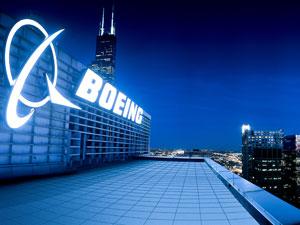
Credit: Boeing
Boeing is taking the first tentative steps towards an all-new airliner designed to compete with the Airbus A321XLR and, despite the current cost and market headwinds, has begun sounding out suppliers for provisional requests for information. The new Boeing airliner study, believed to be called the...
Subscription Required
This content requires a subscription to one of the Aviation Week Intelligence Network (AWIN) bundles.
Schedule a demo today to find out how you can access this content and similar content related to your area of the global aviation industry.
Already an AWIN subscriber? Login
Did you know? Aviation Week has won top honors multiple times in the Jesse H. Neal National Business Journalism Awards, the business-to-business media equivalent of the Pulitzer Prizes.

